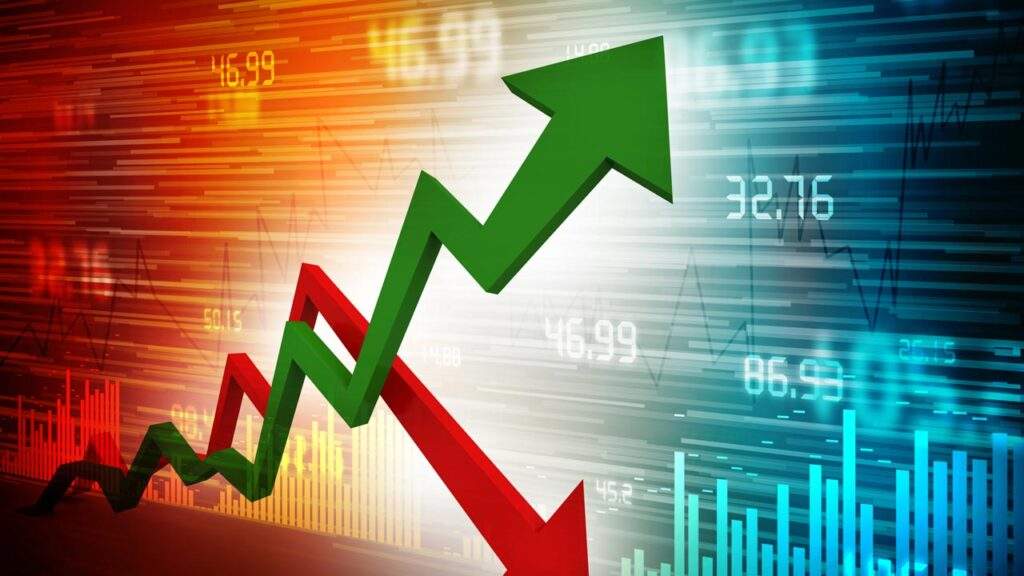The latest inflation figures from the United States have shown a significant increase, with the rate rising to 3.5 per cent in March from 3.2 per cent in February. This data, released by the US Labor Department, highlights a concerning trend driven by higher costs in fuel, housing, dining out, and clothing.
Economists are warning that if this inflation continues unchecked, the US central bank may be forced to maintain higher interest rates for an extended period. This strategy is aimed at stabilizing prices by making borrowing more expensive, which in turn can slow down economic growth and alleviate the pressure on rising prices.
The Federal Reserve has already raised its key interest rate to 5.5 per cent, the highest level in over two decades. This move was unexpected, as many forecasters had anticipated a decrease in borrowing costs due to the significant drop in the inflation rate from its peak of 9.1 per cent in 2022.
Despite hopes for interest rate cuts this year, recent economic indicators, such as strong job creation numbers, have cast doubt on the timing of such a move. Brian Coulton, chief economist at Fitch Ratings, cautioned against overreacting to the headline inflation increase, attributing it mainly to energy prices. However, he expressed concerns about the underlying details of the data and their implications for the Federal Reserve’s future decisions.
Meanwhile, in Nigeria, where inflation remains a pressing issue, February’s data revealed a rate of 31.70 per cent, driven by escalating food prices. As the country awaits the release of March’s inflation figures, the economic challenges posed by rising costs continue to be a cause for concern.
